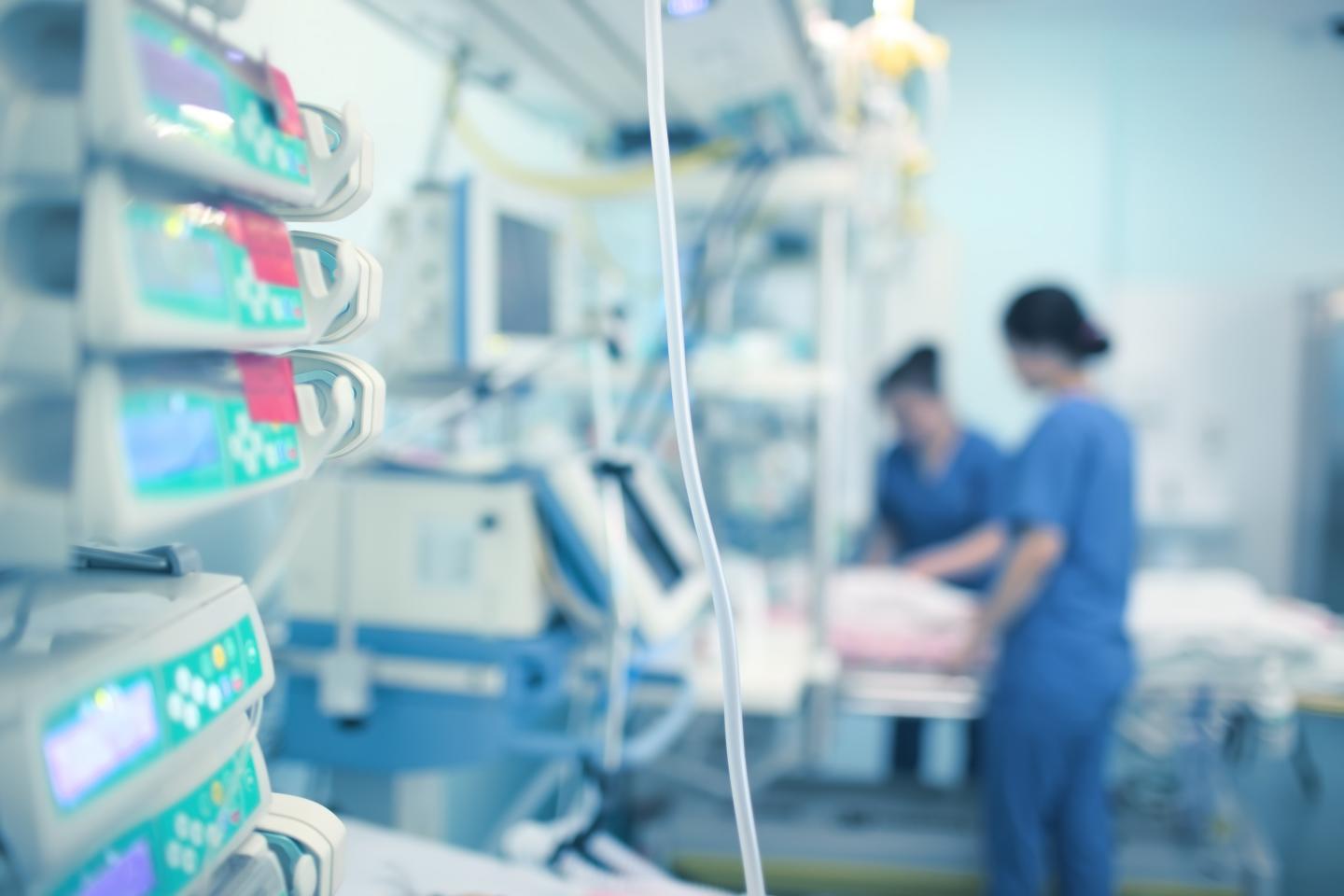Why detailed ICU Mapping for Rural India is a Vital Step to Strengthening the Critical Healthcare Infrastructure?
Related Articles
Stressed to Silver: Why Gray Hair Isn’t Just About Age
You know that moment — you’re brushing your hair, the light hits just right, and bam — there it is. A gray strand. Maybe...
Where Fire Heals, Not Hurts: The Living Flame of Jasnathi Tradition
In the dark desert night in Khinvsar town of Nagaur in Rajasthan, a hush falls over the crowd gathered at Jasnath Asan Ashram. The...
CSR News: CM Shri N. Chandrababu Naidu Inaugurates 2 Life Support Ambulances in Andhra Pradesh
Paytm (One 97 Communications Limited), India’s leading payments and financial services distribution company and pioneer of mobile payments, QR codes, and Soundbox, announced that...


 Ashwin Naik is an author and award-winning entrepreneur. He is widely regarded as the go-to expert on Affordable Healthcare Innovation, Scaling Social Impact and Mental Wellbeing. As an entrepreneur he has started multiple healthcare organisations – Manah Wellness (Platform for Preventive Mental health), Let’s Talk (Helpline for Mental Health Support during COVID19), Vaatsalya (India’s first rural hospitals network), Seraniti (India’s first integrated mental health organization, acquired by Curefit) and We Scale Impact (Global Health Consulting). He is an Ashoka Fellow as well as a TED Fellow and a Young Global Leader of the World Economic Forum. Other recognitions include Economic Times Leaders under 40, Young Leader by Asia Society Asia21 in 2011, Finalist for the India Social Entrepreneur of the Year Award 2010 by Schwab Foundation. Dare Magazine India in its April 2011 edition profiled Ashwin as 50 inspiring Entrepreneurs of India.
Ashwin Naik is an author and award-winning entrepreneur. He is widely regarded as the go-to expert on Affordable Healthcare Innovation, Scaling Social Impact and Mental Wellbeing. As an entrepreneur he has started multiple healthcare organisations – Manah Wellness (Platform for Preventive Mental health), Let’s Talk (Helpline for Mental Health Support during COVID19), Vaatsalya (India’s first rural hospitals network), Seraniti (India’s first integrated mental health organization, acquired by Curefit) and We Scale Impact (Global Health Consulting). He is an Ashoka Fellow as well as a TED Fellow and a Young Global Leader of the World Economic Forum. Other recognitions include Economic Times Leaders under 40, Young Leader by Asia Society Asia21 in 2011, Finalist for the India Social Entrepreneur of the Year Award 2010 by Schwab Foundation. Dare Magazine India in its April 2011 edition profiled Ashwin as 50 inspiring Entrepreneurs of India.